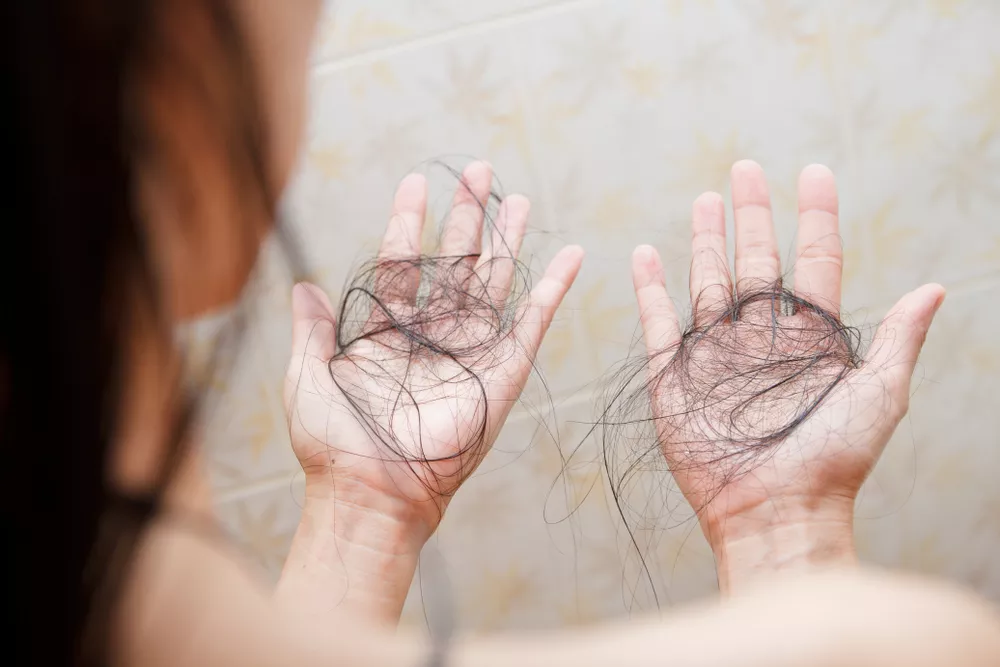Understanding Hair Loss During Cancer Treatment
Hair loss, medically termed alopecia, is a distressing side effect experienced by many cancer patients undergoing chemotherapy and radiation therapy. While the primary focus of these treatments is to target and eradicate cancerous cells, they can inadvertently affect healthy cells throughout the body, including those responsible for hair growth. Understanding why chunks of hair fall out during cancer treatment requires delving into the mechanisms of chemotherapy and radiation, the hair growth cycle, and strategies for managing this temporary but often emotionally challenging side effect.
Chemotherapy and Radiation Effects
Alopecia, commonly known as hair loss, occurs as a secondary result of chemotherapy and radiation treatment. Both chemotherapy and radiation target rapidly growing cancer cells in the body. Unfortunately, these treatments can also affect other normal, fast-growing cells, including those in the hair roots.
Types of Cancer Treatment That Cause Hair Loss
Chemotherapy and radiation therapy are two primary methods used to treat various types of cancer. Chemotherapy involves the administration of powerful drugs that target and destroy rapidly dividing cancer cells. However, certain chemotherapy drugs can also attack dividing cells in other parts of the body, including the hair follicles. Similarly, radiation therapy, which uses high-energy rays or particles to destroy cancer cells, can lead to hair loss when directed at specific areas of the body. Other cancer treatments, such as targeted therapy, immunotherapy, hormone therapy, and bone marrow (stem cell) transplants, may also cause hair loss and changes.
Understanding the Hair Growth Cycle
To comprehend why hair loss occurs during cancer treatment, it’s essential to understand the hair growth cycle. The hair growth cycle consists of three phases: anagen (active growth), catagen (transitional), and telogen (resting). During the anagen phase, hair cells divide rapidly, resulting in hair growth. The catagen phase is a short transitional period where hair growth stops, and the follicle prepares to shed the hair. Finally, during the telogen phase, the hair rests before being shed and replaced by new hair during the next anagen phase.
Chemotherapy and radiation disrupt this cycle by pushing more hair follicles into the telogen (resting) phase. As a result, hair sheds excessively during and after treatment. Patients may notice clumps of hair falling out, sometimes leading to partial or complete baldness on the scalp.
Temporary Nature of Hair Loss
One silver lining for patients experiencing hair loss during cancer treatment is that it’s typically temporary. Reassuring patients about the temporary nature of hair loss can provide much-needed comfort during a challenging time. Hair typically begins to regrow a few weeks to months after treatment ends. Initially, the regrowth may be thin or different in texture or color, but with time, most patients experience a return to their pre-treatment hair quality.
Managing Hair Loss
While hair loss during cancer treatment can be emotionally challenging, there are strategies available to help manage this side effect:
1. Scalp Cooling: Some cancer centers offer scalp cooling devices during chemotherapy to reduce hair loss. These devices work by lowering the temperature of the scalp, which constricts blood vessels and reduces the amount of chemotherapy drugs that reach the hair follicles.
2. Wigs and Head Coverings: Encourage patients to explore wigs, scarves, hats, or turbans to cover their heads if they feel self-conscious about hair loss. Many cancer centers have resources or partnerships with organizations that provide free or discounted wigs for patients undergoing treatment.
3. Gentle Hair Care: Recommend using mild shampoos and conditioners that are gentle on the scalp. Advise patients to avoid excessive heat styling, such as blow drying, curling irons, or straightening irons, as these can further damage fragile hair.
4. Emotional Support: Address the emotional impact of hair loss and provide resources for coping. Losing hair can be a visible reminder of illness, making patients feel self-conscious or less like themselves. Encourage patients to seek support from friends, family, support groups, or mental health professionals who can provide guidance and encouragement during this challenging time.
In conclusion, while hair loss is a common and often distressing side effect of cancer treatment, understanding its underlying causes and available management strategies can help patients navigate this aspect of their cancer journey with greater confidence and resilience. By providing personalized advice and support, healthcare professionals play a crucial role in helping patients cope with the physical and emotional challenges of hair loss during cancer treatment.
you may be interested

